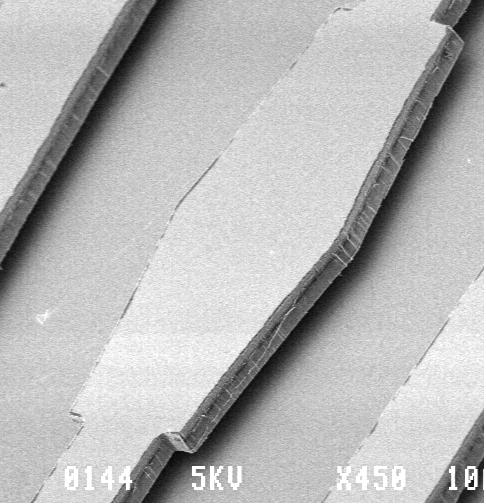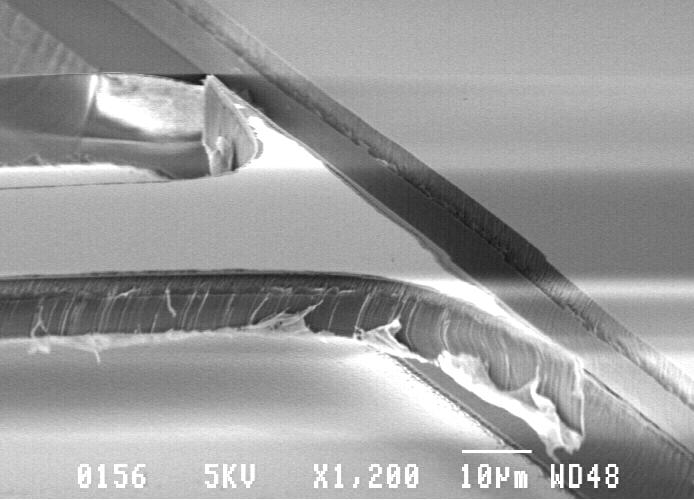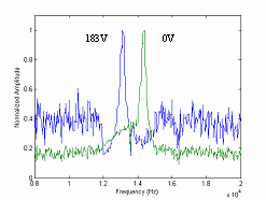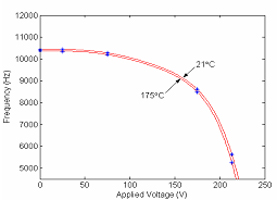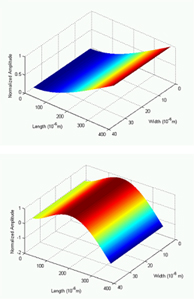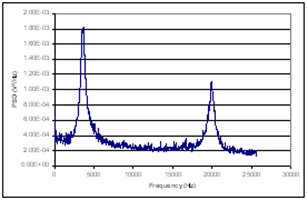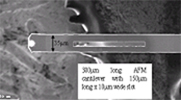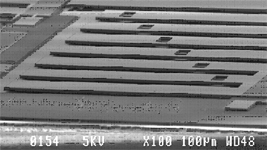-->
 |
|
|
|
|
Dynamics of Microsystems Avinash-Gino-Kamal. This area includes static and Dynamic behavior of Microcantilevers, Micromirrors, Optical Coherence Tomography, and Computer-controlled stroboscopic interferometer system for motion-characterization of Micro-Electro-Mechanical System (MEMS). Boundary conditioning of microsystems
Design Synthesis of Microsystems The design synthesis of microsystems involves development of design and fabrication strategies in order to manipulate the effect of inherent limitations of microfabrication such as residual stress and non-classical end support conditions, effect of geometry and the other influences of operating environment such as electrostatic field, squeeze film effect and magnetic field on static and dynamic behavior of microsystems with free-standing micromechanical structures that are found in most of the MEMS applications such as Optical MEMS, RF MEMS, Sensing MEMS, etc.
Dynamic testing of MEMS structures Due to the microscale dimensions of MEMS devices conventional measurement and characterization techniques cannot be used. Also, the dynamic response is bound by the limitations of microfabrication processes and material conditions. In order to overcome these intrinsic limitations, a reliable, cost effective non-contact testing system for MEMS characterization was developed. By employing this method, non-contact MEMS dynamic analysis measurements are possible at a fraction of the cost compared to fully integrated MEMS testing apparatus. This is of great advantage in academic environments, for example, where budgetary constraints do not permit high end equipment acquisitions.
Dynamic Analysis of Slotted MEMS An energy based analysis of slotted Micro-Electro-Mechanical-Systems (MEMS) cantilevers is used. The strain and mass energies of the microsystem are a function of the cantilever geometry and slot size. In this work four slot configurations are investigated and compared for a suspended clamped-free silicon cantilever. Mass and stiffness domains of the cantilever are defined through an interpretation of the analytical eigenvalue responses obtained for a given slot configuration. In this regard, the elastic property of the cantilever can be tuned through mass or stiffness reduction in which a particular slot configuration is incorporated into the device geometry. This analysis will contribute to the performance optimization of atomic force microscope (AFM) probes and micro-mechanical resonators. The Rayleigh-Ritz energy method is used for the modeling.
|
|
|
|

